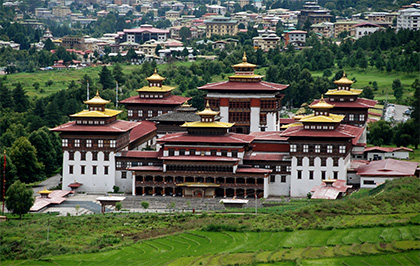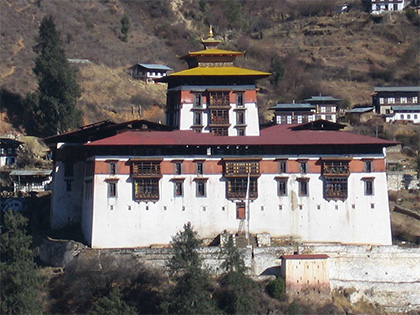Dzongs – The temporal authority of religion and authority

Out of many such fortified dzongs, five of them stand out for their brilliance and unique confluence of religion and district administration. Let us explore five of the astonishing dzongs in Bhutan briefly.

Wangdue Phodrang Dzong – The scenic dzongkhag or administrative district) of Wangdue Phodrang has its centers in its namesake dzong. Founded by the Zhabdrung in 1638 atop a high ridge between the Punak Tsang Chhu and the Dang Chhu, this dzong is remarkable for its commanding view of the valleys below. The location is important in history as the second capital of Bhutan. It also has its own thondrol, depicting Guru Rinpoche that is unfurled each year in the early hours of the final day of the autumn tsechu festival.
Paro Dzong – Paro Dzong is another impressive and well-known Bhutanese dzong. One may state that it is the finest example of dzong architecture. The massive buttress walls command the town in its own way. Visible from the valley, this fort also has a share of its history and importance in the past of Bhutan. The fortress was used on numerous occasions to defend the Paro valley from invasions by Tibet.
Festival of Dzong
Tsechu is the festival celebrated in dzongs. Each of the dzong has its own Tsechu festival that falls on a specific date. The celebrations usually don’t clash with each other, making it comfortable for tourists to focus upon one Tsechu celebration upon its coinciding with their trip.
